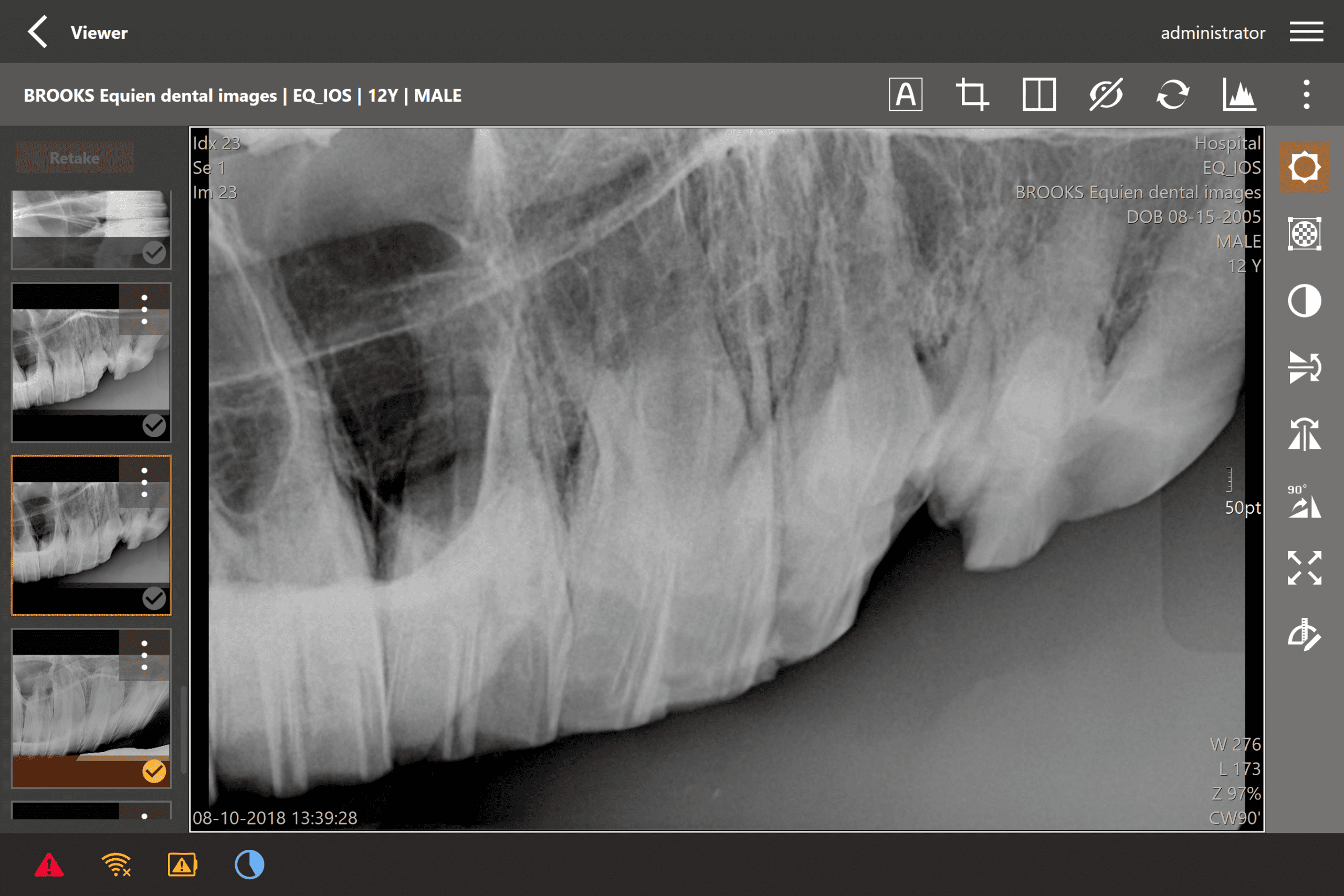
The digital dental X-ray represents a significant advancement in restorative dentistry, a field where precise diagnosis and meticulous treatment planning are key to successful outcomes. These state-of-the-art imaging tools have revolutionized how dental professionals approach, diagnose, and treat various oral health conditions. From detecting the early stages of decay to planning complex implant surgeries, digital X-rays have become an indispensable part of modern dental practice. This comprehensive exploration delves into the practical applications of digital dental X-rays in restorative dentistry, highlighting how they enhance diagnostic capabilities, improve treatment accuracy, and ultimately elevate patient care.
Detection and Assessment of Dental Decay
One of the primary uses of digital X-rays in restorative dentistry is the early detection of dental caries (tooth decay). Decay often starts at places not visible to the naked eye, such as between teeth or below existing restorations. Digital X-rays can reveal these hidden areas, allowing for timely intervention with fillings or other restorative procedures. They are particularly useful in identifying the extent of decay and determining whether a simple filling suffices or if more extensive treatment like a crown is necessary.
Diagnosing Periodontal Disease
Periodontal disease affects the gums and the bones supporting the teeth. Digital X-rays provide critical information about the bone level and help in diagnosing the presence and severity of periodontal disease. They enable dentists to monitor bone loss over time, vital for planning and executing treatments like scaling, root planing, or periodontal surgery.
Evaluating Existing Restorations
Over time, fillings, crowns, and other restorative work can degrade or develop secondary decay around their edges. Digital X-rays allow dentists to inspect these restorations closely, assess their condition, and decide whether they need replacement or repair.
Root Canal Treatment
In root canal therapy, dentists remove infected or inflamed pulp from inside the tooth. Digital X-rays are indispensable here; they help in visualizing the root canals, assessing the extent of infection, and guiding the dentist during the cleaning and filling of the canals. Post-treatment X-rays confirm whether the canals have been adequately sealed.
Planning Dental Implants
Dental implants replace missing teeth and require precise placement in the jawbone. Digital X-rays, particularly 3D cone beam computed tomography (CBCT), provide detailed images of the jaw, showing the dentist the best location for implant placement, avoiding nerves, and ensuring sufficient bone is present to support the implant.
Assessing Bone Density and Health
In cases where patients require dental prosthetics or implants, assessing bone quality is crucial. Digital X-rays give a clear picture of bone density, crucial for successful implant integration and longevity.
Monitoring Tooth Development and Positioning
In pediatric dentistry and orthodontics, digital X-rays assist in monitoring tooth development and alignment. This information is crucial for planning restorative or orthodontic treatment, particularly when considering space for emerging teeth or the impact of wisdom teeth on dental alignment.
Identifying Hidden Dental Structures
Impacted teeth, cysts, or tumors in the jaw are often identified during routine digital X-rays. Early detection of these issues allows for timely intervention, which can be crucial for maintaining oral health.
Patient Education and Communication
Digital X-rays offer a visual tool for dentists to educate patients about their oral health condition and the need for specific treatments. Seeing their dental issues on a screen can help patients understand and accept the proposed treatment plans more readily.
Streamlining Workflow in Dental Practice
Digital X-rays integrate seamlessly with electronic health records, improving the efficiency of patient care. They reduce the time needed for image processing and enable easy sharing with other dental professionals for consultation or referral.
Great Lakes Imaging
In practical terms, the digital dental X-ray has become an essential aspect of modern restorative dentistry. They provide unparalleled accuracy, efficiency, and ease of use, significantly enhancing diagnosis, treatment planning, and execution of restorative procedures. By leveraging these advanced imaging techniques, dental professionals can offer more precise, effective, and patient-friendly care. For all of your digital imaging needs, contact Great Lakes Imaging today!
